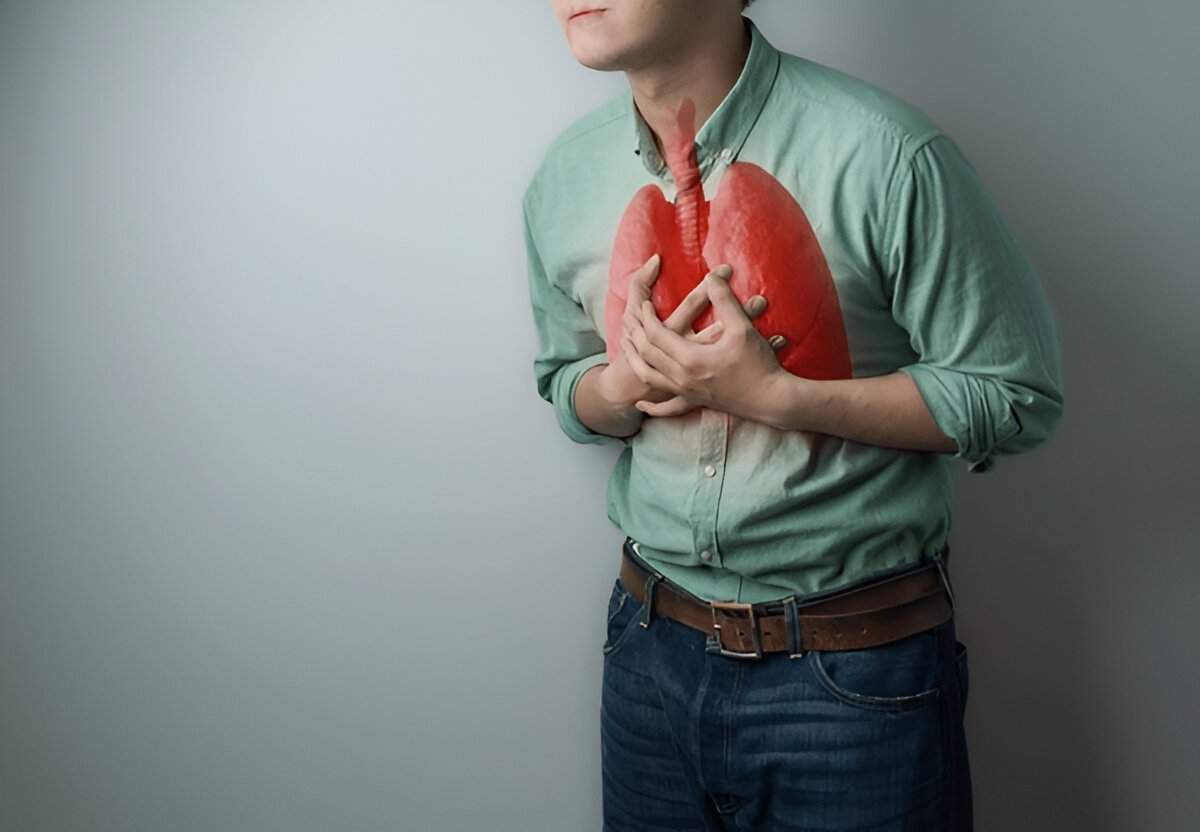
Lung cancer originates in the lungs and ranks among the most widespread and critical cancers globally. It generally develops in the cells that line the airways and can rapidly extend to other areas. The main types include non-small cell lung cancer (NSCLC), the more prevalent kind, and small cell lung cancer (SCLC), which advances and spreads rapidly.
Early-stage lung cancer may not present noticeable symptoms, making detection challenging. As the condition worsens, symptoms can encompass a lasting cough, chest pain, breathing difficulties, coughing up blood, weariness, and unexplained weight loss. Smoking is the primary cause, yet non-smokers can also contract lung cancer because of exposure to passive smoking, radon gas, air pollutants, or genetic predispositions.
Diagnosis typically involves imaging tests such as X-rays or CT scans, followed by a biopsy to confirm the diagnosis. Treatment varies according to the cancer type and stage, potentially including surgery, radiation therapy, chemotherapy, targeted drugs, or immunotherapy. Early identification through screening, especially for high-risk individuals, notably increases treatment effectiveness.